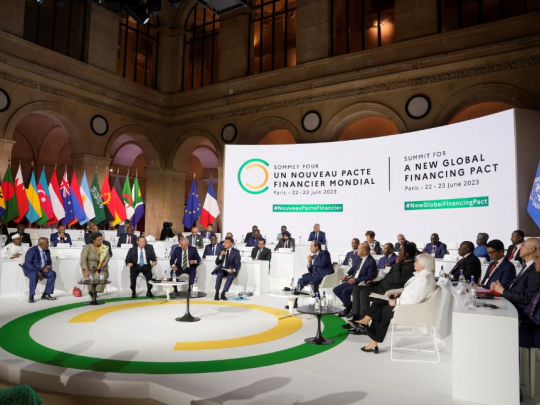How Do Scientists Bring Hydrogen Fuel Cells From Laboratory To Public Life?

Owing to their environment-friendly attributes and high efficiency in the electricity generation, Fuel cells are gaining popularity for Fuel Cell Vehicle (FCV) production, such as forklifts, automobiles, airplanes and buses.
However, one of the challenges that the industry is facing regarding the mass-production and large-scale application of FCVs is the high cost involved in producing fuel cell catalysts.
Fuel cell catalysts are usually made of platinum (Pt) or Pt alloys with transition metals that are thinly coated onto the porous carbon supports.
The characteristic of Platinum to withstand the acidic conditions and increase the rate of chemical reactions efficiently makes it a perfect option as a catalyst.
However, being expensive and limited availability are the limitations with Platinum.
Therefore, scientists are looking out for new catalysts with low Pt quantity and high catalytic activity so that fuel cell can be produced on a commercial scale without incurring much cost.
On Oct. 22, a Science paper was published by the researchers at the University of Science and Technology of China (USTC) of the Chinese Academy of Sciences (CAS).
In this paper researchers have reported a sulfur-anchoring method of high-temperature, successfully synthesized small-sized Pt intermetallic nanoparticle (i-NP) catalysts with ultralow Pt loading and high mass activity.
In addition to it, researchers have also established i-NP libraries, including 46 types of Pt nanoparticles (NPs) to screen inexpensive and durable electrode materials as well as explore structure-activity relations of i-NPs systematically.
I-NPs have been considered as a suitable option as a catalyst because of their unique atomically ordered properties and it’s excellent performance as catalyst in many chemical reactions.
However, the formation of larger crystallites during synthesis of I-NPs (due to high temperature) decreases the specific surface area that results in lower catalytic activities. And hence increases the cost of fuel cells.
The research team, led by Liang Haiwei, found the solution to this problem by ingeniously utilizing strong Pt-sulfur chemical interaction.
They prepared Pt intermetallics on sulfur-doped carbon (S-C) supports in order to suppress NPs sintering at high temperatures, and they were successful in getting atomically ordered i-NPs with an average size of
To take advantage of the anti-sintering property of S-C, researchers synthesized 46 types of small-sized Pt-based i-NPs on S-C supports and established i-NP libraries.
These I-NPs were examined by X-ray diffraction (XRD) and the results showed a high ordering degree and small size of i-NP catalysts in libraries, consistent with the statistical analysis of the high-angle annular dark-field scanning transmission electron microscopy (HAADF-STEM) observations.
“Based on the i-NP libraries, we can systematically study the relationship between structure and performance of catalysts,” said Liang, “and sufficient samples helped us screen out efficient catalysts which were expected to largely decrease the cost of fuel cells.”
This research has provided a universal way for the synthesis of Pt alloy catalysts that can be utilized in hydrogen fuel cells. This method raises hopes for reducing the quantity of Pt used, thereby decreasing the cost of fuel cells.
“By engineering the porous structures and surface functionalities of carbon supports, the efficiency of fuel cells can be further improved, thus accelerating their transferrance from laboratory to the public,” said Liang.
- Source : GreatGameIndia


















